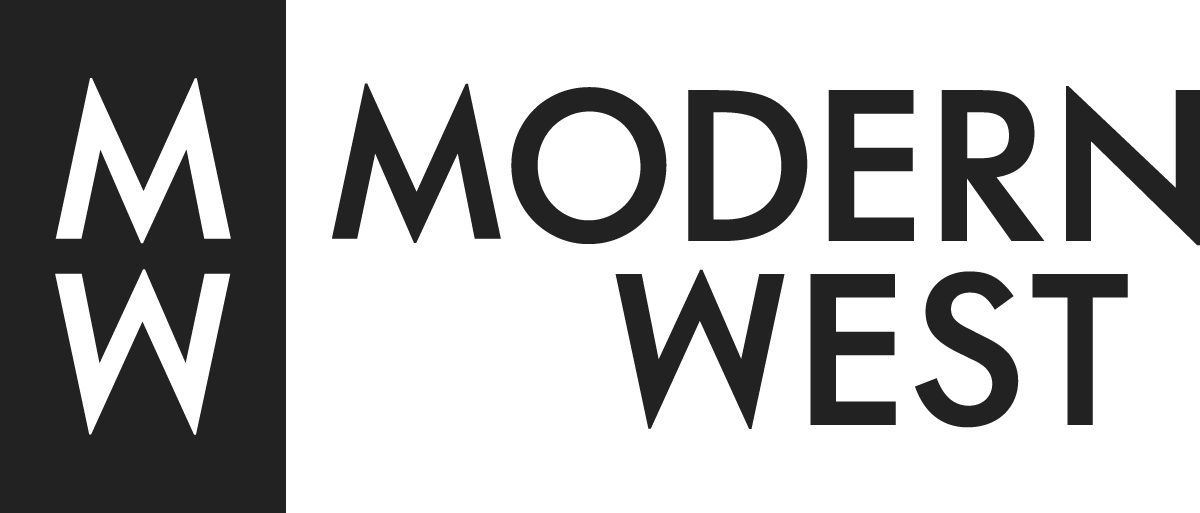SUZANNE HILL
ONLINE EXCLUSIVE EXHIBITION
APRIL 1-JUNE 30
Suzanne Hill is a ceramic artist based both in Massachusetts and Indiana. Hill has worked in clay for over 50 years – the romance of earth and fire led her to fall in love with the medium and never look back. After receiving her BFA in illustration from the Rhode Island School of Design, she pursued her MFA from the College of Ceramics at Alfred University in New York. Hill’s work experiments with Saggar firing techniques and flowing forms of line and color in the world around us. She is inspired by the majestic landscapes of the American West along with the windswept New England Coast.
EXCLUSIVE ARTIST Q&A
Before ceramics your passion was with illustration – can you share more about this transition of mediums?
When I was at the Rhode Island School of Design I was an Illustration major. I took a course in ceramic art and I was smitten. I wanted to be able to bring my illustration to ceramics, so my first pieces were drawings on clay. My landscape drawings made 3 dimensional. At Alfred College of Ceramics I continued in that direction, using the wealth of technical knowledge available at Alfred to help me bring color to my ceramics while many of my peers were still working in a more earth-toned Mingei tradition. In my graduate thesis exhibition I actually included my abstract landscape drawings that were the inspiration for my ceramic work. At that time I was inspired by the landscapes I could see from the air during flights to various locations.
As I continued in my ceramic journey I was teaching at Wells College, in upstate NY. My work there started to become more about form, with the idea of horizon lines continuing the landscape theme but in a much more abstract way. I was also involved in researching traditional crafts in Mexico and found inspiration in some of those forms
While working in Washington, DC at the Corcoran School, I discovered raku. My forms changed again, incorporating horizon lines still, but also taking inspiration form the traditional pottery I found in Mexico. My decoration had changed from drawings on clay to a more abstract approach.
The work I do now is a culmination of my visual experiences. I take my forms from tradition, but continue to use landscape as an inspiration. The decoration is much more intentional than my raku pieces. But still involves the process of the flame that gives it a spontaneous and unique character.
You have shared how you are influenced by landscapes in both the eastern and western United States. How does this specifically inform your work and practice?
The landscapes I am inspired by are the ones with big skies, where the earth and sky interact. I have always been drawn to horizon lines where earth and sky meet. The colors and shapes in the coastal east and mountain west are different, but the big sky is the one thing that is a constant and always intriguing.
How does teaching ceramics influence your practice?
I have always felt that teaching ceramics is an integral part of my artistic practice. I love sharing my knowledge and passion about ceramic art. It is very gratifying to see the moment when students “get it.” I have had students at the Umbrella Art Center who have stayed with me for as long as 12 years.
In teaching I always have to look at different ways to approach a problem and that can give me insights that apply to my own work. I also have to explore techniques that fall outside the parameters of my own work and can give me ideas when working on new forms.
It’s hard to imagine not teaching.
What does a typical day in the studio look like for you?
Typical days in my studio can be many things. My work is usually done in cycles. I start by throwing the smallest forms and work up to the largest pieces. Once I have finished throwing and trimming, I will apply a coating of terra sigilatta to the dry pieces. Then the firing process begins. I bisque my pieces first and then I start saggar firing. This can take up to a month of back to back firings. The firings usually take a week to a week and a half. I have to prep my materials first, the pack the saggars, fire and let them cool. I find that because saggar firings are always experimental, I can learn from each firing and apply that knowledge to the next one.
How did you come to your signature saggar firing technique?
I have been saggar firing for about 15 years now. I have always been drawn to atmospheric firings. Having done raku in the past, I love the spontaneity and the uniqueness that this kind of firing brings to each piece. About 15 years ago, I took a workshop on saggar firing and I just took off from there. This kind of firing allows infinite experimentation and ideas. I never get bored!
What is next for you and your work?
I will continue with saggar firing. I am always looking for new kinds of combustibles. Last summer I gathered lots of hydrangea flower heads and plan to use those as a way to create new patterns. I am always thinking about new forms as well. I plan to do more large pieces and possibly some wall and hanging sculptural work.
All featured Suzanne Hill artworks are available for acquisition at Modern West. To schedule an appointment to view any pieces in person, contact us at info@modernwestfineart.com.
















